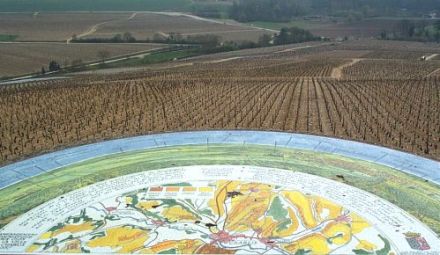 |
French wines > Burgundy wines > Chablis
The Chablis vineyard occupies the slopes which border the valley of the Serein. It is an undulating region whose hilltops are very often wooded. The production of the Chablis vineyard covers about twenty villages.
The soil :
The stony, clay-limestone ground, belongs geologically (link to the "terroir" section) to the Jurassic and the Kimmeridge periods is the most frequently found stratum.
Climate :
Summers are hot, winters long and severe. The levels of sunshine and rainfall vary considerably from one year to another, making the quality and quantity of each vintage extremely vulnerable. Another problem is spring frosts, which have long been a dreaded threat to the harvests
From March to May the young shoots are particularly vulnerable and the history of Chablis is punctuated by disastrous years.
Since the 1960s, various protection processes have been set up (small heaters and sprinklers). Expensive and restrictive, these techniques are now effective and contribute to stabilising production levels and to protecting vine growers from the unpredictable climate.
The grape variety:
This is the land Chardonnay flourishes in best (Link to "grape variety" section), the only grape variety authorised to produce all the white wines of the Chablis vineyard.
This vineyard is very famous and Chablis has for many years been synonymous with great dry white wine, worldwide.
The appellations :
The Chablis vineyard has 4 levels of appellation :
• Chablis Grand Cru
• Chablis Premier Cru
• Chablis
• Petit Chablis


-

 Recipes
Recipes
-

 Products
Products
-

 Entertaining
Entertaining
-

 Chefs
Chefs
-

 Hints & Tips
Hints & Tips
-

 Glossaries
Glossaries








